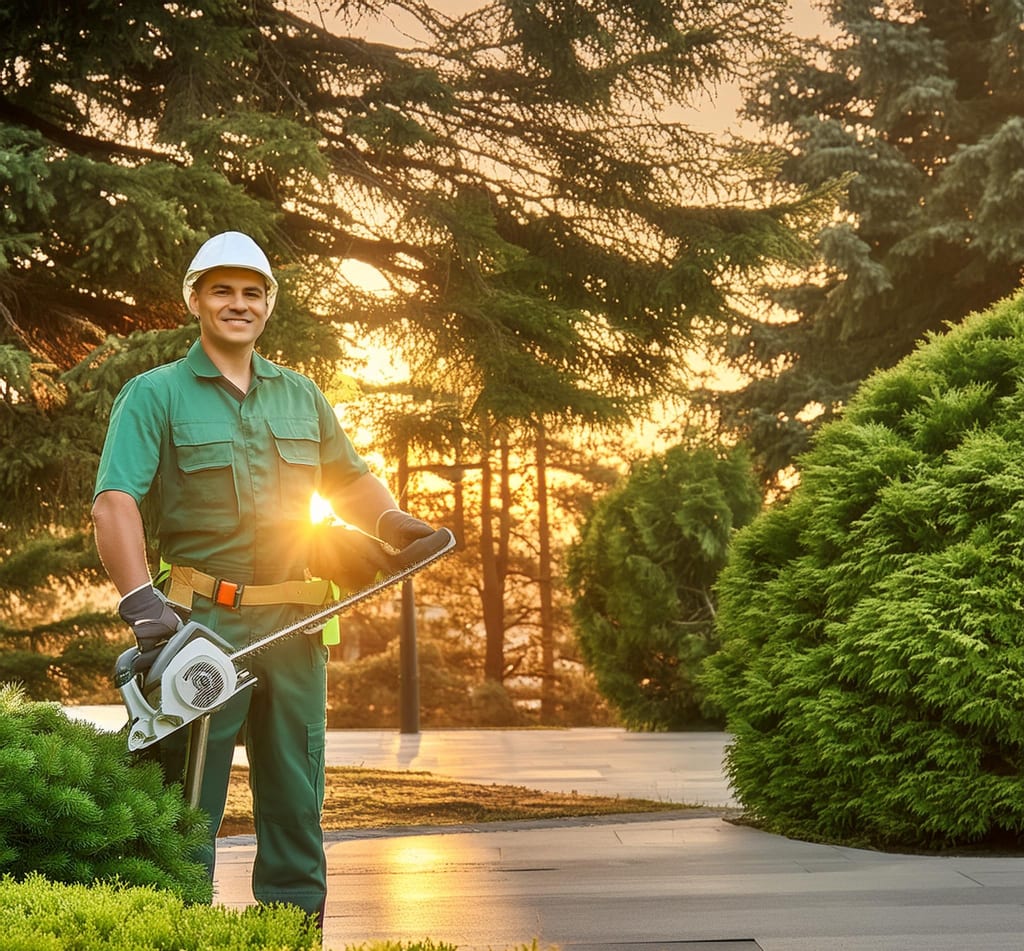Green Living Tips: Optimal Seasons for Tree Trimming Services
Green Living Tips

Maintaining a healthy and sustainable home environment includes knowing the best times for home maintenance tasks, such as tree trimming. Understanding the optimal seasons for tree trimming services is a crucial aspect of home maintenance tips that not only promote the health of your trees but also enhance the overall aesthetic and safety of your property. In these Green Living Tips, we'll explore the best times to schedule tree trimming services, providing actionable insights and green living tips to help you make informed decisions for a greener lifestyle.
Why Tree Trimming is Important
Tree trimming is essential for several reasons:
Health:
Removing dead or diseased branches helps prevent the spread of diseases and pests.
Safety:
Trimming trees reduces the risk of falling branches, which can cause damage to property or harm individuals.
Aesthetics:
Well-maintained trees enhance the beauty of your landscape.
Growth:
Proper trimming promotes healthy growth and prevents overcrowding.
Optimal Seasons for Tree Trimming
1. Winter (Dormant Season)
The best time for most tree trimming is during the dormant season, typically in late winter (January to March). During this period, trees are not actively growing, and trimming causes less stress. Additionally, without leaves, the tree's structure is more visible, making it easier to identify and remove problematic branches.
2. Early Spring
Trimming in early spring, before new growth starts, is also beneficial. This timing allows trees to heal quickly as they begin their growth phase. However, avoid heavy trimming during this time to prevent excessive sap loss.
3. Late Summer (After Bloom)
For flowering trees, the best time to trim is after they have bloomed. This timing ensures that you do not remove buds needed for the next flowering season. Late summer trimming can help shape the tree and remove dead or damaged branches.
4. Early Fall
Early fall, before the leaves drop, can be an acceptable time for light trimming. However, avoid heavy pruning during this period as it may stimulate new growth that won’t harden off before winter, making the tree vulnerable to damage.
Trees and Their Specific Needs
Different tree species have varying trimming needs and optimal times. Here are some examples:
Deciduous Trees:
Best trimmed in late winter when dormant.
Evergreen Trees:
Light trimming can be done in early spring, but avoid heavy pruning.
Flowering Trees:
Trim after flowering to preserve next season's blooms.
Fruit Trees:
Late winter or early spring trimming promotes healthy fruit production.
Green Living Tips for Tree Trimming
Use Proper Tools:
Ensure you have sharp, clean tools to make precise cuts and reduce the risk of disease.
Hire Professionals:
For large trees or significant trimming, consider hiring a professional arborist who can safely and effectively manage the task.
Recycle Trimmings:
Use trimmed branches for mulch or compost to support a sustainable garden.
Plant Native Trees:
When planting new trees, choose native species that require less maintenance and are better adapted to your local climate.
FAQs About Tree Trimming
Q1: Can I trim my trees in the summer?
A1: Light trimming can be done in the summer, but avoid heavy pruning as it can stress the tree and encourage unwanted growth.
Q2: How often should I trim my trees?
A2: Most trees benefit from trimming every 3-5 years, but this can vary based on the species and growth rate.
Q3: Is it okay to trim trees during the fall?
A3: Light trimming in early fall is acceptable, but avoid heavy pruning to prevent new growth that could be damaged by winter weather.
Q4: What are the signs that a tree needs trimming?
A4: Look for dead or broken branches, dense canopy, branches growing too close to structures, and signs of disease or pests.
Q5: Should I trim my trees myself or hire a professional?
A5: For small trees, DIY trimming can be manageable. However, for large trees or extensive trimming, hiring a professional arborist is safer and ensures proper care.
Conclusion
Incorporating tree trimming into your Home Maintenance tips is a key element of green living. By understanding the optimal seasons for tree trimming services and following these green living tips, you can promote healthier trees, a safer environment, and a more beautiful landscape. Embrace these practices to support a green living lifestyle that benefits both your home and the planet.
About the Creator
Enjoyed the story? Support the Creator.
Subscribe for free to receive all their stories in your feed.





Comments
There are no comments for this story
Be the first to respond and start the conversation.